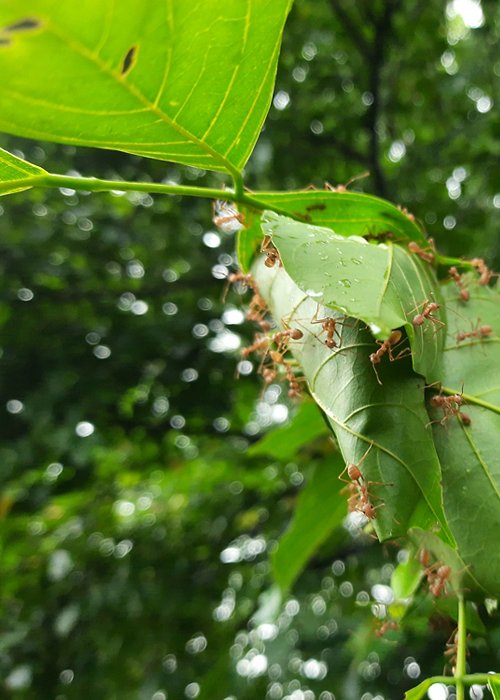In a colony of Indian jumping ants (Harpegnathos saltator), when the queen dies, a competition ensues among the workers to take her place. Indian jumping ants are aggressive and fearsome because of their powerful pincer-like mandibles. They move all together and devour everything they find leaving hardly any trace. When the queen, the only ant in the colony capable of reproduction, dies, the workers fight for weeks and the winner takes the throne. Her body changes, she becomes fertile, her size increases, but only her external size: in reality, the winner's brain shrinks, losing up to three quarters of its volume. Not only that, the new queen no longer produces venom, she becomes shy and tends to prefer a withdrawn, sheltered life in the colony. The surprising thing is that these changes are reversible: if the queen is deposed, not only does she lose the throne, she also loses the appearance and habits of a queen. That is, she stops reproducing, her size returns to that of a normal worker and, fortunately for her, her brain grows back to its original volume.




